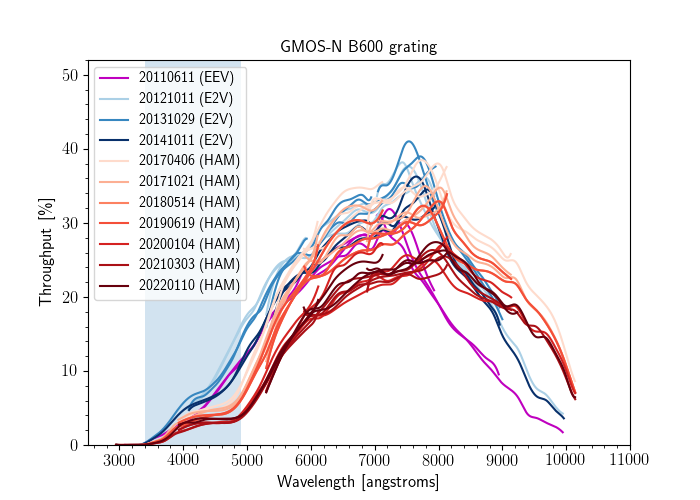GMOS-S Back On Sky for Recommissioning
After the successful upgrade of two of the three GMOS-S CCDs, the instrument is back on the telescope and undergoing recommissioning. The long-slit mode has been released for taking science data. However, updates for the data reduction packages in IRAF and DRAGONS are pending testing after the full commissioning data set has been collected and will likely not be available until the May/June timeframe.
